How Antarctica’s history of isolation is ending—thanks to Starlink
The seventh continent has always been a bleak, unconnected place. Elon Musk’s satellite internet is changing that, and people want to see what life is like there.
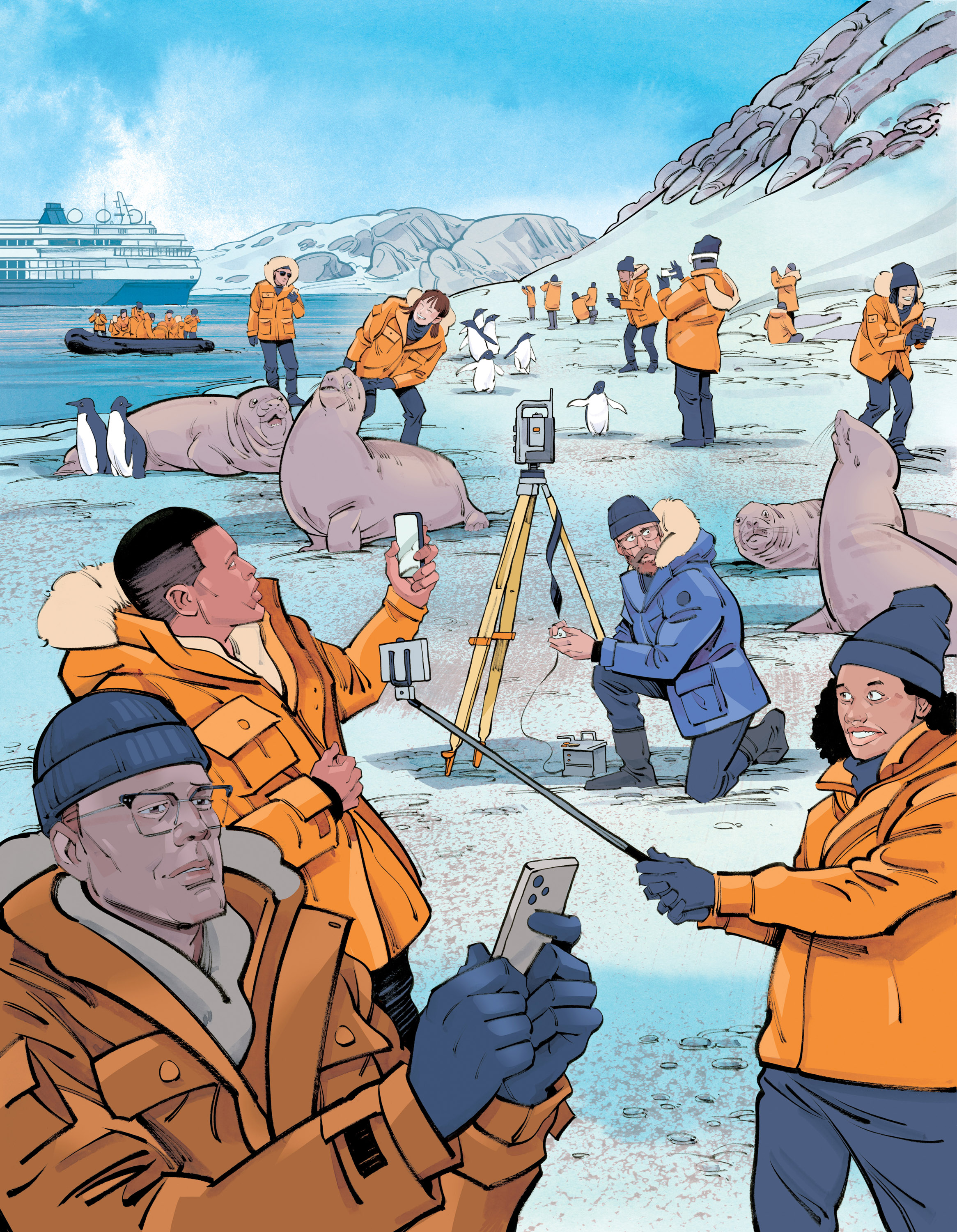
“This is one of the least visited places on planet Earth and I got to open the door,” Matty Jordan, a construction specialist at New Zealand’s Scott Base in Antarctica, wrote in the caption to the video he posted to Instagram and TikTok in October 2023.
In the video, he guides viewers through an empty, echoing hut, pointing out where the men of Ernest Shackleton’s 1907 expedition lived and worked—the socks still hung up to dry and the provisions still stacked neatly in place, preserved by the cold.
Jordan, who started making TikToks to keep family and friends up to date with his life in Antarctica, has now found himself at the center of a phenomenon. His channels have over a million followers. The video of Shackleton’s hut alone has racked up millions of views from all over the world. It’s also kind of a miracle: until very recently, those who lived and worked on Antarctic bases had no hope of communicating so readily with the outside world.
Antarctica has long been a world apart. In the 19th and early 20th centuries, when dedicated expeditions began, explorers were cut off from home for years at a time, reliant on ships sailing back and forth from civilization to carry physical mail. They were utterly alone, the only humans for thousands of miles.
This made things difficult, emotionally and physically. With only the supplies they had on hand, explorers were limited in the scientific experiments they could conduct. They couldn’t send an SOS if they needed help (which was fairly often). And also—importantly, because many relied on publicity for funding—they couldn’t let the world know what was going on.
In 1911, an Australian expedition led by Douglas Mawson was the first to take an antenna to the continent and attempt to transmit and receive wireless signals. But while Mawson was able to send a few messages during the team’s first season, he never received any back, so he didn’t know if his had been successful.
The winds at their base at Cape Denison, on the Antarctic coast directly south of Australia, raged at 70 kilometers an hour—every day, every night, for months on end. They finally succeeded in raising the mast during their second winter, only to be faced with a different problem: their radio operator was unable to work, having suffered psychosis during the six months of darkness. So the expedition was left isolated again.
While Antarctic telecommunications have been steadily improving ever since the first permanent bases were established, many decades after Mawson’s ill-fated trip, life on the ice has always been characterized by some level of disconnection. And as life at home has become ever more dependent on constant connection, instant updates, streaming, and algorithms, living in Antarctica has been seen as a break—for better and for worse—from all the digital hustle-bustle.
But the end of that long-standing disparity is now in sight. Starlink, the satellite constellation developed by Elon Musk’s company SpaceX to service the world with high-speed broadband internet, has come to Antarctica, finally bringing with it the sort of connectivity enjoyed by the world beyond the ice.
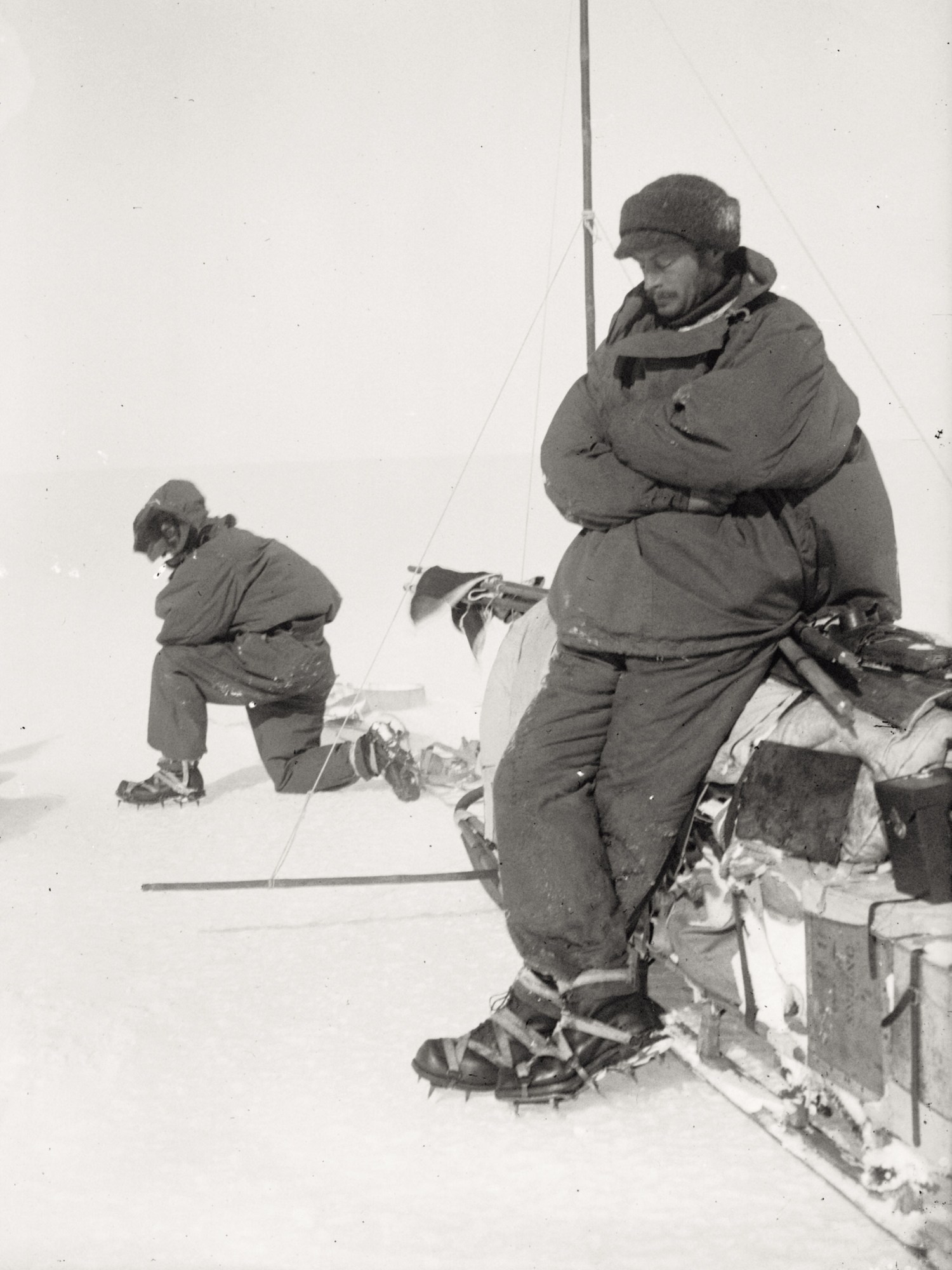

Stories from the first Antarctic expeditions were so scarce they were a hot commodity: newspapers would pay top dollar to be told the news the minute explorers like Mawson and Shackleton arrived back in port. Now videos, posts, and FaceTime calls are common from people stationed at Antarctic bases and field camps, and from the surging numbers of tourists on ships.
Suddenly, after more than a century as one of the least connected parts of the world, the seventh continent feels a lot closer to the others. For those whose lives and livelihoods take them there regularly, it’s been a long time coming.
Taking the public with you
People have always been hungry for news of life in Antarctica. In the early days, regular updates about derring-do in the polar winds were the perfect way to capture the attention of the press—a key to securing the funding necessary for the outsize private expeditions of the early 20th century.
No one exemplified the close relationship between exploration and attention better than Admiral Richard E. Byrd, a charismatic self-publicist who named his succession of bases on the Ross Ice Shelf “Little America” and brought along a Boy Scout to represent America’s youth. Byrd was the quintessential explorer-celebrity, constantly making headlines with his daring feats.
His first privately funded expedition, in 1929, aimed to reach the South Pole by plane. Byrd gave frequent updates on his progress to the press via radiotelegraphy, using wireless signals to send messages in Morse code directly from Little America to coastal stations in San Francisco and Long Island. A New York Times reporter embedded with the expedition filed stories almost daily over the radiotelegraph, and the public followed Byrd’s every move, culminating in the historic flight over the South Pole on November 29, 1929.
By the time of Byrd’s next expedition, in 1933, technology had progressed enough to allow the first audio broadcasting station in Antarctica. The station made use of shortwave radio’s long-distance capabilities to transmit official mission reports, and it was also able to receive messages for the expedition members. A weekly variety program organized by the expedition’s journalist, Charles Murphy, was broadcast live to the public on AM stations.
This innovative program allowed audiences at home to feel they were taking part in the expedition themselves. Like popular radio shows of the day such as The Shadow and The Lone Ranger, Adventures with Admiral Byrd was an action-packed serial, featuring updates on the progress of the expedition directly from the hardy explorers themselves. The scientists also gave weather reports and talks, and they performed songs and skits.
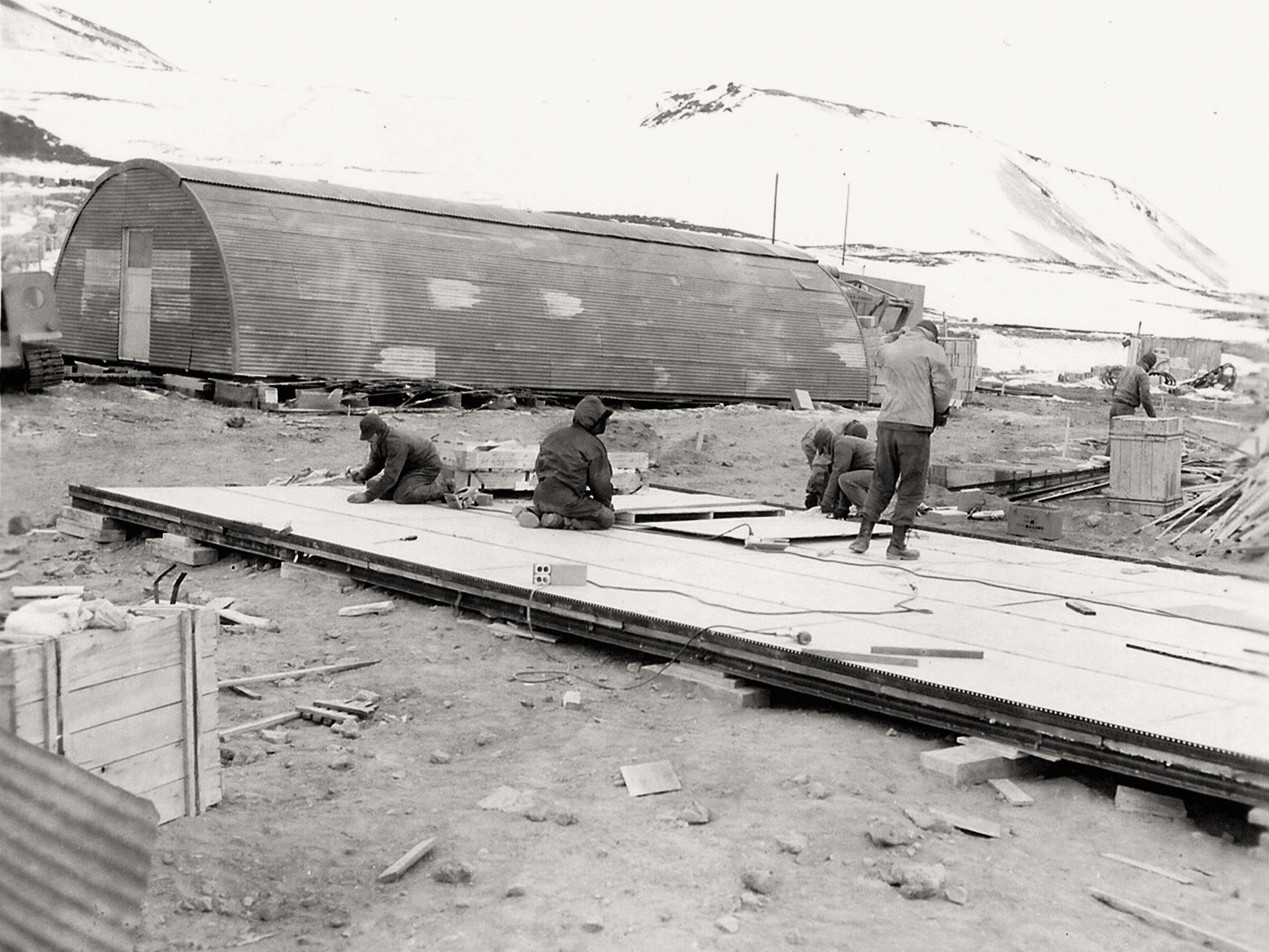
In the program’s most popular segment, Americans were able to chat with the men in Little America live on air. Little America’s postmaster spoke to his wife on their 21st anniversary; Al Carbone, the eccentric cook for the expedition, spoke to the chef at New York’s Waldorf-Astoria hotel.
“The spirited narratives of real-life adventure are making interesting program fare for the world’s radio listeners who have been accustomed to the make-believe studio dramatizations usually available on the broadcast channels,” read a 1934 review in Radio News. The program indelibly associated its main sponsor, General Foods’ Grape-Nuts cereal, with the bravery of Admiral Byrd and his companions, and brought Antarctica vividly into the lives of millions of listeners on a wider scale than ever before.
Helpful hams and secret codes
By 1957,Admiral Byrd was recognized as the world’s foremost expert in Antarctic exploration and was leading America’s Operation Deep Freeze, a mission to build a permanent American presence on the continent. The US Naval Construction Battalions, known as the Seabees, were deployed to build McMurdo Station on the solid ground of Ross Island, close to the first hut built by Captain Robert Scott in 1901.
Deep Freeze brought a massive military presence to Antarctica, including the most complex and advanced communications array the Navy could muster. Still, men who wanted to speak to loved ones at home had limited options. Physical mail could come and go on ships a few times a year, or they could send expensive telegrams over wireless—limited to 100 or 200 words per month each way. At least these methods were private, unlike the personal communications over radio on Byrd’s expedition, which everyone else could listen in to by default.
In the face of these limitations, another option soon became popular among the Navy men. The licensed operators of McMurdo’s amateur (ham) station were assisted by hams back at home. Seabees would call from McMurdo to a ham in America, who would patch them straight through to their destination through the US phone system, free of charge.
Some of these helpful hams became legendary. Jules Madey and his brother John, two New Jersey teenagers with the call sign K2KGJ, had built a 110-foot-tall radio tower in their backyard, with a transmitter that was more than capable of communicating to and from McMurdo Sound.
To save money, a code known as “WYSSA” offered a broad variety of set phrases for common topics. WYSSA itself stood for “All my love, darling.”
From McMurdo, the South Pole, and the fifth Little America base on the Ross Ice Shelf, ham operators could ring Jules at nearly any time of day or night, and he’d connect them to home. Jules became an Antarctic celebrity and icon. A few of the engaged couples he helped to link up even invited him and his brother to their weddings, after the men returned from their tours of duty in Antarctica. Many Deep Freeze men still remembered the Madey brothers decades later.
In the early 1960s, continued Deep Freeze operations, including support ships, were improving communication across American outposts in Antarctica. Bigger antennas, more powerful receivers and transmitters, and improvements to ground-to-air communication systems were installed, shoring up the capacity for scientific activity, transport, and construction.
Around this time, the Australian National Antarctic Research Expeditions were improving their communications capacity as well. Like other Antarctic programs, they used telex machines, sending text out over radio waves to link up with a phone-line-based system on land. Telex, a predecessor to fax technology, text messaging, and email, was in use from the 1960s onwards as an alternative to Morse code and voice over HF and VHF radio. On the other side of the line, a terminal would receive the text and print it out.
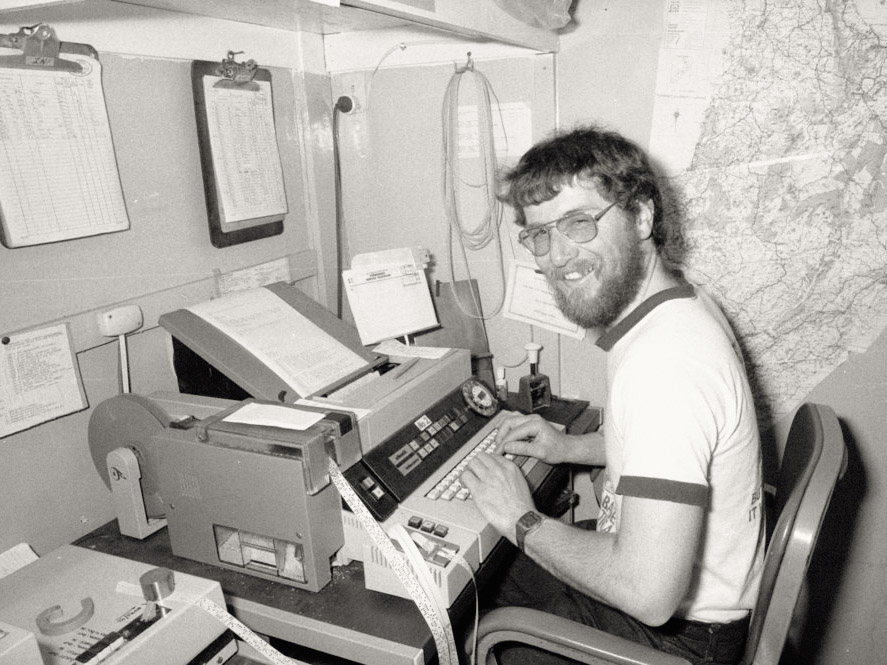
In order to save money on the expensive per-word rates, a special code known as “WYSSA” (pronounced, in an Australian accent, “whizzer”) was constructed. This creative solution became legendary in Antarctic history. WYSSA itself stood for “All my love, darling,” and the code offered a broad variety of predetermined phrases for common topics, from the inconveniences of Antarctic life (YAYIR—“Fine snow has penetrated through small crevices in the huts”) to affectionate sentiments (YAAHY—“Longing to hear from you again, darling”) and personal updates (YIGUM—“I have grown a beard which is awful”).
Changing times
Visit stations in Antarctica today, and you will see massive radio domes that now dot the landscape. Inside are the dishes that track the satellites the stations rely on. Satellite schedules are published weekly on the US Antarctic Program’s website, showing the windows when connectivity is available.
The first satellites, run by Inmarsat, came online in the early 1980s and were a huge improvement on radio transmission. Inmarsat’s network provided coverage up to 75° latitude, 9° south of the Antarctic circle—which meant it now covered some, although not all, Antarctic bases. (McMurdo Station and Scott Base, down at 77° S, missed out.) It also allowed for high-quality service at any time of day or night, unaffected by atmospheric disturbances.
In the ’90s, the Iridium constellation of low-orbit satellites became operational. These satellites were launched into polar orbits and provided continuous service to all parts of Antarctica. Widespread satellite phone and email access quickly replaced radio as the best way to speak to those back home. But a thousand seasonal workers at McMurdo still had to share an internet link with a paltry capacity of 17 megabits per second, accessible only by a few in-demand Ethernet cables. Phone calls, while possible, were still inconveniently expensive, and video calls thanklessly difficult.
Now the satellite revolution has taken its next step. The 2022–’23 season in Antarctica brought an exciting development for those on the ice: the first trial of SpaceX’s Starlink satellite connection.
Its introduction means even the most remote parts of the region—where a great deal of important scientific work takes place—are becoming more connected. When Peter Neff, a glaciologist at the University of Minnesota, first went out in the field in the Antarctic summer season of 2009–’10, he had to send a physical thumb drive back to McMurdo to share photos of his field camps.
Now Neff is director of field research and data at the Center for Oldest Ice Exploration, or COLDEX, a National Science Foundation–funded project aiming to seek out the oldest possible ice-core records in Antarctica to solve mysteries about Earth’s past climate. He spearheaded the installation of a Starlink connection at COLDEX’s field site in the 2022–’23 summer season, making it among the first field camps to have access to high-speed internet connectivity. The test was free thanks to Neff’s connections at the NSF, but for the 2023–’24 summer season, his camp is paying just $250 a month for 50 gigabytes or $1,000 for a terabyte, along with a $2,500 flat fee for the terminal.
The team now has an easy link with the world, allowing participants to, among other things, text photos of the weather to transport pilots and trade spreadsheets with remote logistics managers. Starlink “helps with just complete ease of communications, in the form that we’re all used to,” Neff says. Matty Jordan, the TikTok creator at Scott Base, agrees that Starlink has made doing science there easier. “Scientists are able to transmit larger amounts of data back to New Zealand, which makes their work much faster and more efficient,” he says.
And crucially, it has helped scientists at the bases communicate their work to the public.
“Social media is an easy way for people to see what happens on a research station and helps people engage with the work that happens there,” Jordan says, emphasizing the opportunity for people at home to learn more about the importance of climate research.
“The first thing that people took advantage of it for was outreach,” agrees Ed Brook, COLDEX’s director, “and the possibility of talking to television or radio or print journalists in the field.” Just as with Byrd and his radio show, the first use for communication upgrades is often to satisfy the worldwide appetite for stories straight from the ice.
High bandwidth in the ice
The next step to open up Antarctic communications could be a proposed fiber-optic undersea cable linking New Zealand and McMurdo Station. It would cost upwards of $200 million, but as an NSF workshop determined, it would be a huge boon not just to the US and New Zealand but to all countries with Antarctic programs, and the science they conduct.
According to the report released by the workshop in 2021 (before the Starlink deployment), the entire US Antarctic scientific community shared the same connective capacity available to many individual American households or small businesses—well under 100 Mbps per individual end user. A fiber link capable of anywhere from 100 gigabits per second to 300 terabits per second would bring Antarctic research up to the level of connectivity enjoyed by scientists in many other places.
No telecommunications upgrades can change the nature of Antarctica, or the emotions it can stir up.
It would also make Antarctica an even more popular place for tourists. In 2023, the number of visitors was 40% over pre-pandemic levels. More than 100,000 people were expected to visit in the 2023–’24 winter, mainly on expedition cruise ships to the Antarctic Peninsula.
Lizzie Williams, a product manager at the travel agency Swoop Antarctica, has seen firsthand the changes Starlink and improved internet connectivity have brought to tourist excursions. “It’s now possible to send through compressed photos and videos,” she told me over email. “We have even seen some people FaceTiming their families, though it can be a bit glitchy.”
According to Williams, daily inquiries about accessing the internet on board have increased. Growing numbers of people even try to work remotely from Antarctic cruises. But she warns that connection on most ships is far too expensive and unreliable for Zoom calls, and that Swoop’s cruise staff urges a low-technology environment for guests. “We encourage them to be out on deck enjoying the icebergs and wildlife, really making the most of their precious time in Antarctica,” she says.
Some who live on the ice also favor keeping the experience as low-tech as possible. While social media may have its tentacles wrapped around the rest of the world, Antarctica has been, up to a point, safe until now.
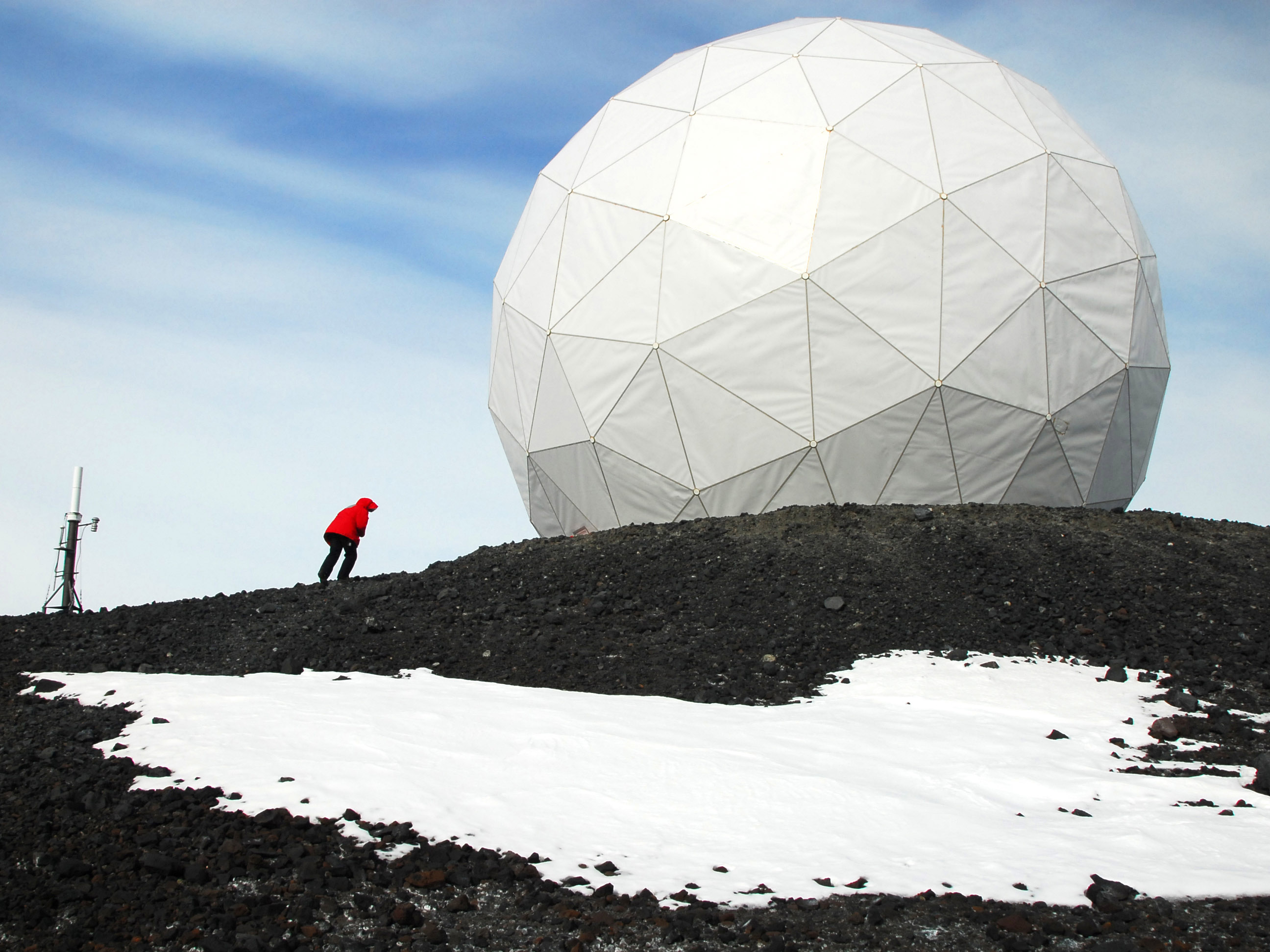
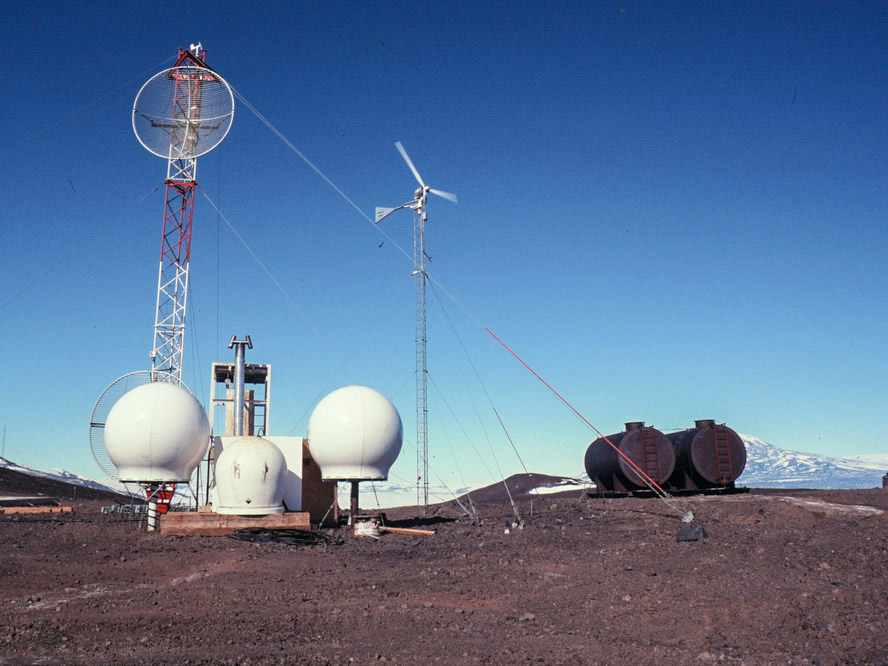
Luckily, so far, it seems as if Starlink hasn’t upset the special, close-knit atmosphere at Antarctica’s outposts. Demie Huffman, a PhD student in land and atmospheric science at the University of Minnesota, surveyed participants in COLDEX’s 2022–’23 field year about their experiences with the service. “People generally ended up being pleasantly surprised with the minimal impact that it had on group cohesion,” she says. “They would have a movie night together, instead of just having to read a book or rely on the things that a couple of people had thought to bring.”
Still, Antarctica’s regular residents want to make sure the arrival of high-speed internet doesn’t change things too much as time goes on. “Over the winter, we made a rule that no phones were allowed at the dinner table to ensure that people built personal relationships with others on base,” says Jordan.
In any case, Antarctica will always be a magical place, even if it is no longer isolated from communication with the rest of the world. Ever since Scott and Shackleton published their best-selling books, one of its greatest natural resources has been its stories.People just can’t get enough of penguins, crevasses, tales of adventure, and natural spectacle. There’s a reason reporters swarmed returning explorers at train stations—the same reason Jordan’s TikToks rack up views by the million.
And while going there no longer means stepping out of time and into another world entirely, no telecommunications upgrades can change the nature of the place, or the emotions it can stir up.
The same intense winds still blow where Shackleton’s men once lived, the same sun still hangs in the sky for six months of endless daylight, and the icy landscapes still exert an inexplicable pull on human hearts and minds.
Only now, you can share the magic freely with everyone at home, without delay.
Allegra Rosenberg covers media, the environment, and technology. Her book Fandom Forever (and Ever) is forthcoming from W.W. Norton.
Deep Dive
Computing
How ASML took over the chipmaking chessboard
MIT Technology Review sat down with outgoing CTO Martin van den Brink to talk about the company’s rise to dominance and the life and death of Moore’s Law.
Why it’s so hard for China’s chip industry to become self-sufficient
Chip companies from the US and China are developing new materials to reduce reliance on a Japanese monopoly. It won’t be easy.
Stay connected
Get the latest updates from
MIT Technology Review
Discover special offers, top stories, upcoming events, and more.